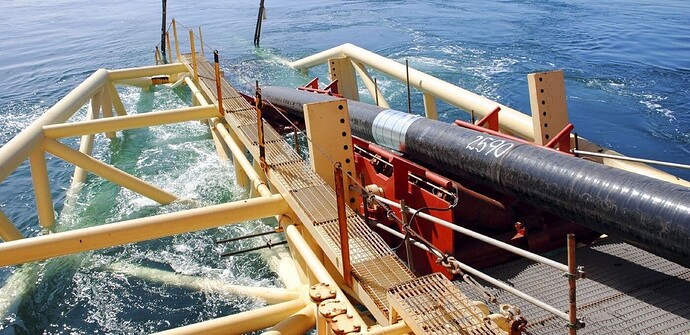In ultra long-distance DWDM (Dense Wavelength Division Multiplexing) links, one of the most critical challenges is optical signal attenuation over the fiber.
To counteract this loss, optical amplifiers are deployed along the link. A common solution involves cascading multiple EDFAs (Erbium-Doped Fiber Amplifiers), known as inline amplifiers. While effective, this setup introduces several key issues:
- ASE (Amplified Spontaneous Emission) – Unwanted noise generated by amplifiers, degrading signal quality.
- Power Unflatness – Not all channels maintain equal power levels, which can lead to interference and performance imbalance.
- Gain Unflatness – The gain provided by amplifiers may vary across channels, causing inconsistencies in signal quality and power.
This is where the Dynamic Gain Equalizer (DGE) becomes essential.
DGE compensates for power and gain variations across DWDM channels, helping to:
- Maintain flat power levels across the spectrum
- Improve OSNR (Optical Signal-to-Noise Ratio)
- Ensure more uniform quality across all channels
DGE functions similarly to what a WSS (Wavelength Selective Switch) does in a ROADM (Reconfigurable Optical Add-Drop Multiplexer), adjusting individual channel powers.
DGE units can be placed inline or between stages of EDFAs to continuously fine-tune channel power. They operate by controlling gain and attenuation, often through Variable Optical Attenuators (VOAs), and can be managed either statically or dynamically via algorithms.
Importantly, DGEs are also crucial in submarine DWDM systems, where precise gain control over long distances is vital for stable, high-capacity transmission.
LinkedIn: ![]()
